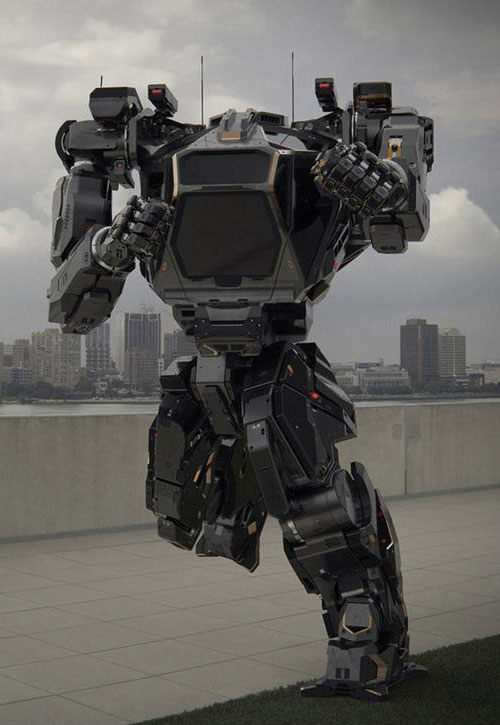
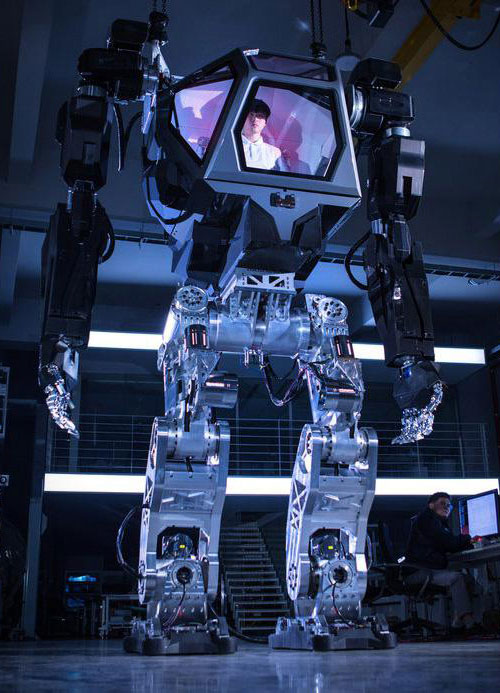
World's First Human-Driven Bipedal Giant Robot
A giant South Korean-built manned robot that walks like a human but makes the ground shake under its weight has taken its first baby steps.
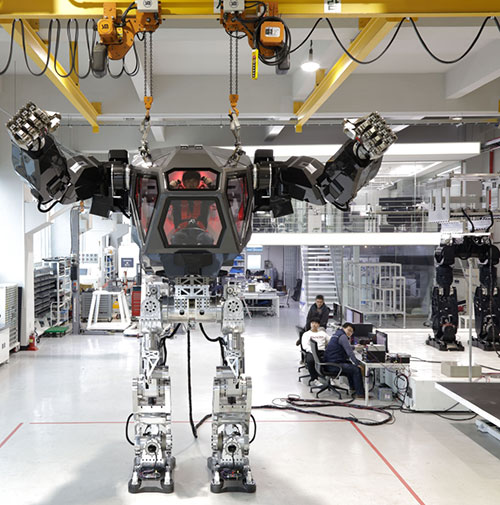
The robot itself looks like one of the military robots in the movie "Avatar." A pilot inside the torso moves his arms to control the robot's upper limbs. (This kind of design is known as a "mech.") The robot is tethered by a power cable above, but walks several steps in the video clips.
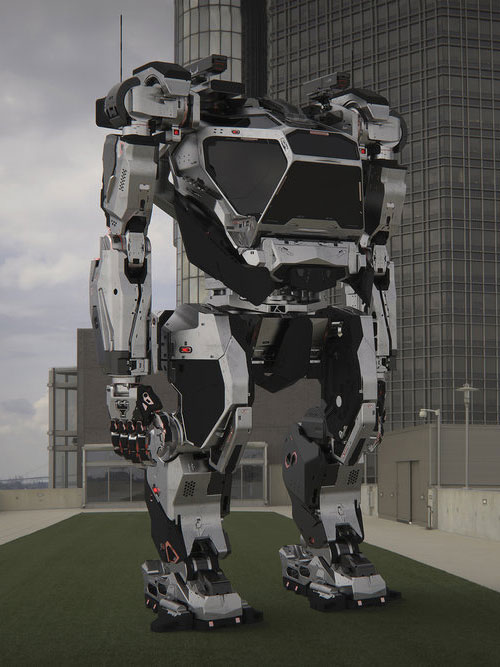
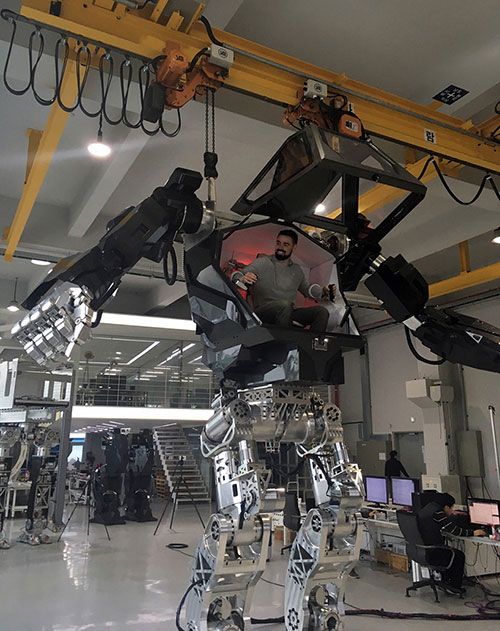
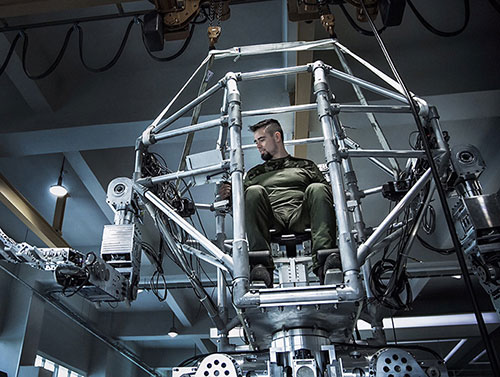
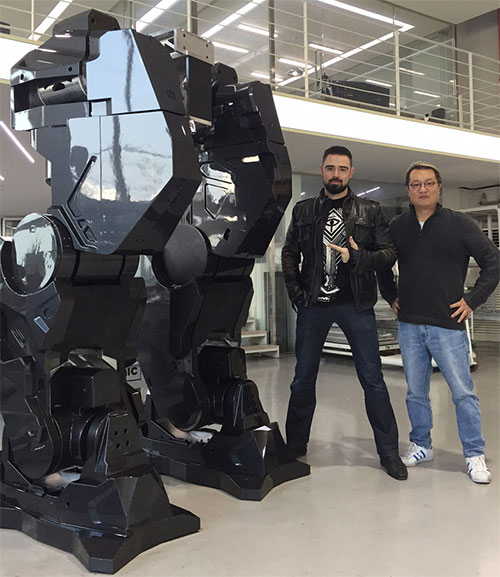
METHOD-2, Vitaly Bulgarov
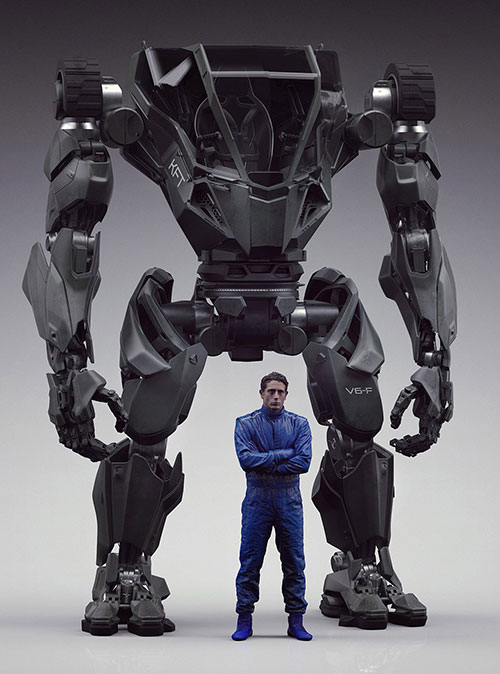
Method 1 The designer, Vitaly Bulgarov
A pilot sitting inside the robot's torso makes limb movements which are mimicked by Method-2, whose metal arms each weigh 130 kilograms (286 pounds).
The robot, more than twice the size of a tall man, is so heavy that it shakes the ground when it takes a step with a loud whirring of motors.
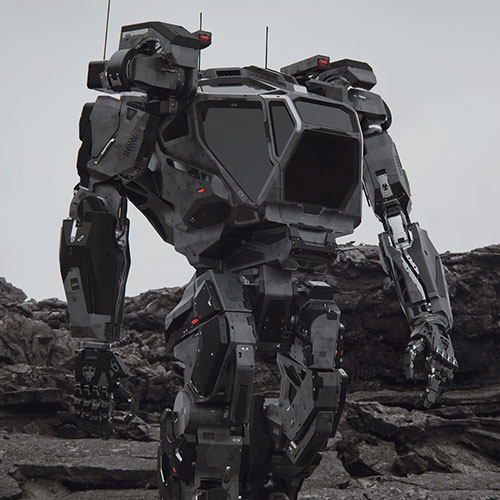
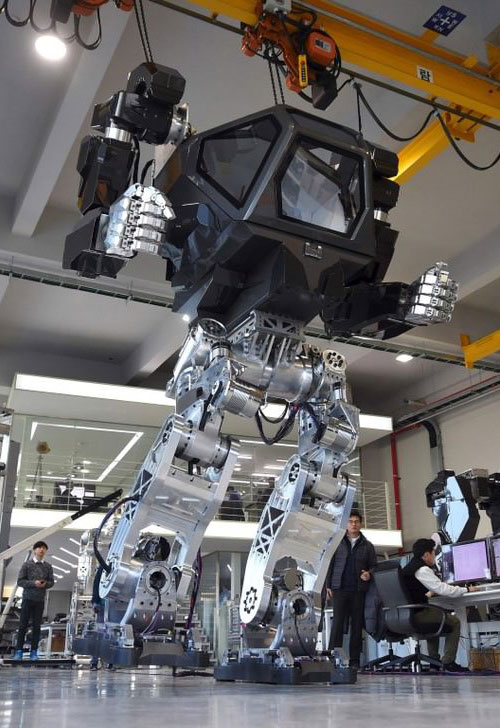
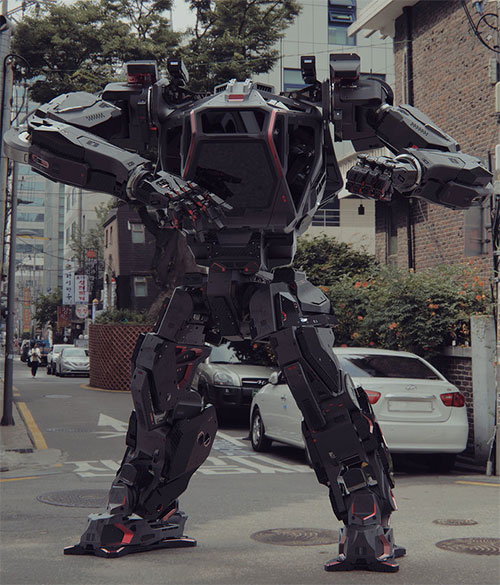
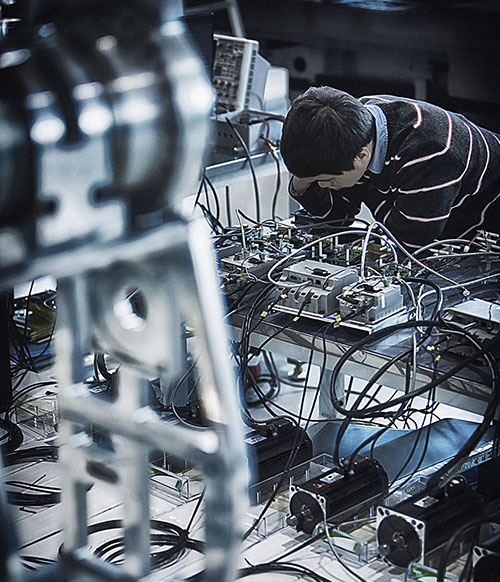
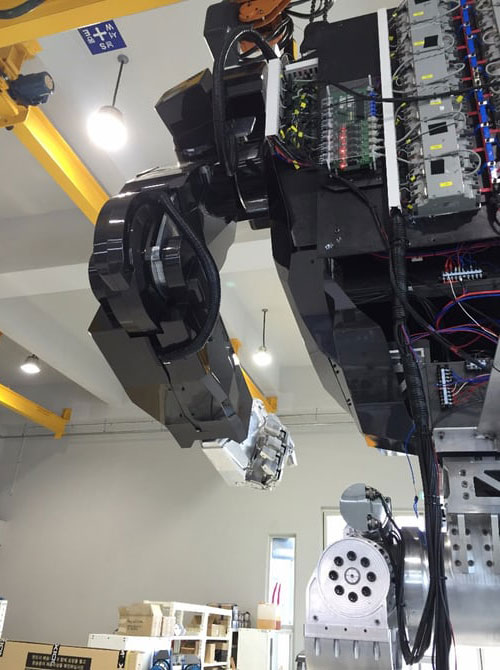
Designed by a veteran of science fiction blockbusters, the four-metre-tall (13-foot), 1.5 ton Method-2 towers over a room on the outskirts of Seoul.
"Our robot is the world's first manned bipedal robot and is built to work in extreme hazardous areas where humans cannot go (unprotected)," said company chairman Yang Jin-Ho.
While its enormous size has grabbed media attention, the creators of Method-2 say the project's core achievement is the technology they developed and enhanced along the way.
"Everything we have been learning so far on this robot can be applied to solve real-world problems," said designer Vitaly Bulgarov on his Facebook page.
He has previously worked on film series such as Transformers, Robocop and Terminator.
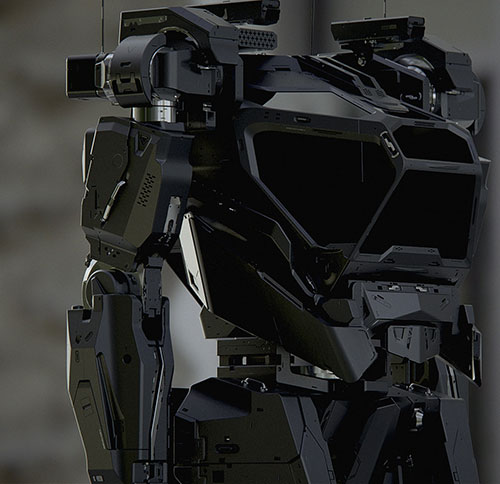
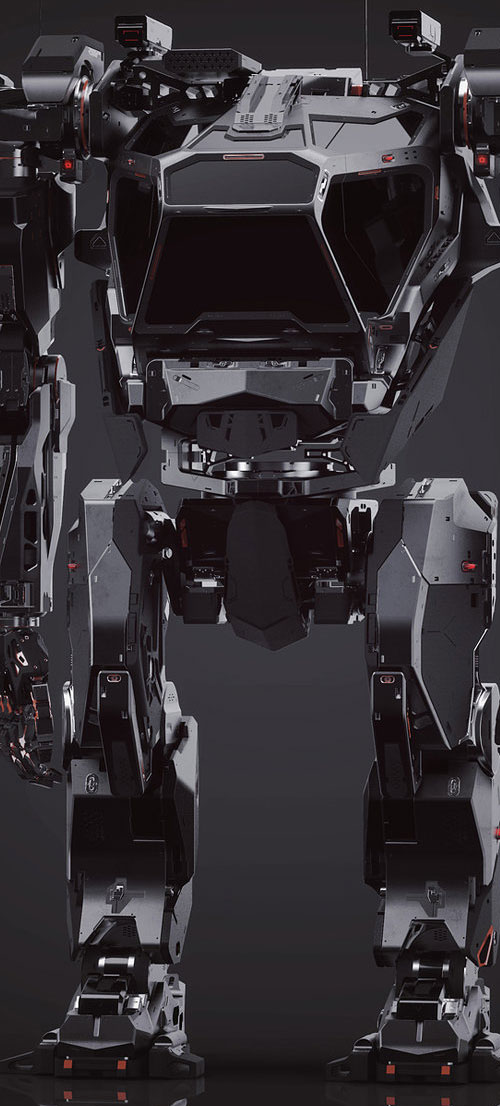
The designer, Vitaly Bulgarov, told Live Science that the robot is real. However, he declined to share the names of scientists or engineers working on the project, and messages to the purported CEO of the company went unreturned.
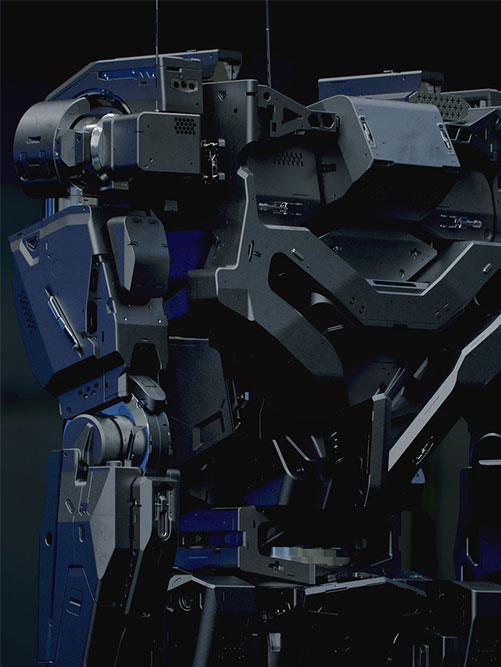
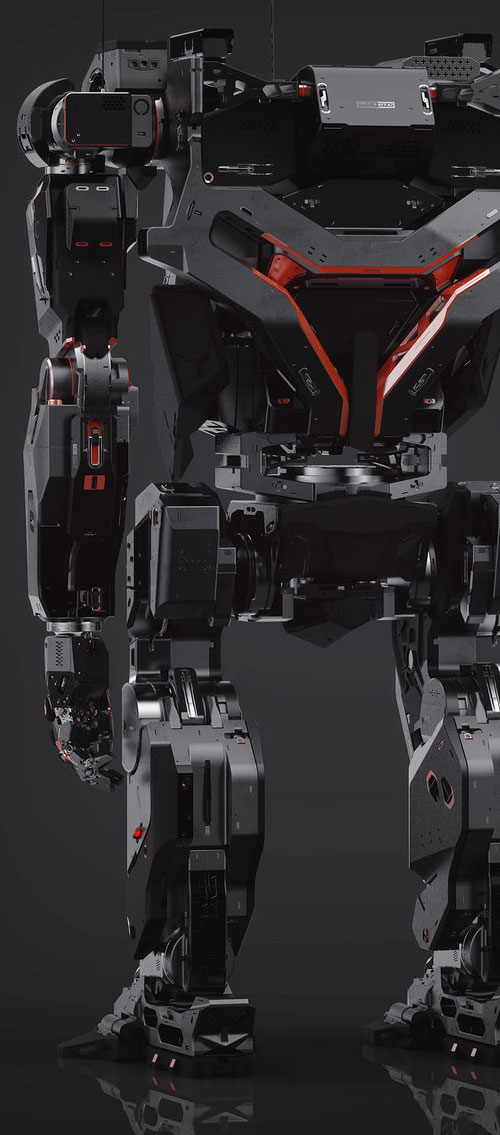
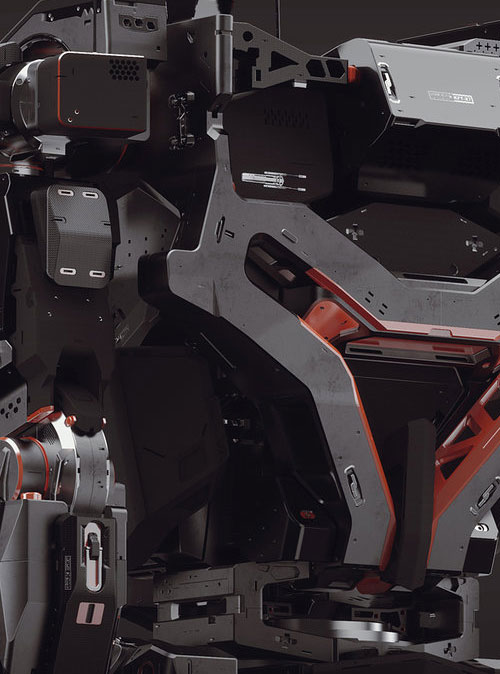
Bulgarov said dampers in the robot's feet make its motion smooth. He also said the robot wasn't built for use as is but as a platform to show off various technical feats, like the human-machine interface for moving the arms or the bipedal locomotion. Right now, he said the robot couldn't walk on an uneven surface but might be useful for industrial purposes, though there are no plans to use the robot in its current state. The cockpit and arms could be attached to a wheeled vehicle for rough terrain, Bulgarov said. The company is considering applications such as cleanup at the Fukushima power plant, which was damaged during the 2011 tsunami in Japan, Bulgarov said.
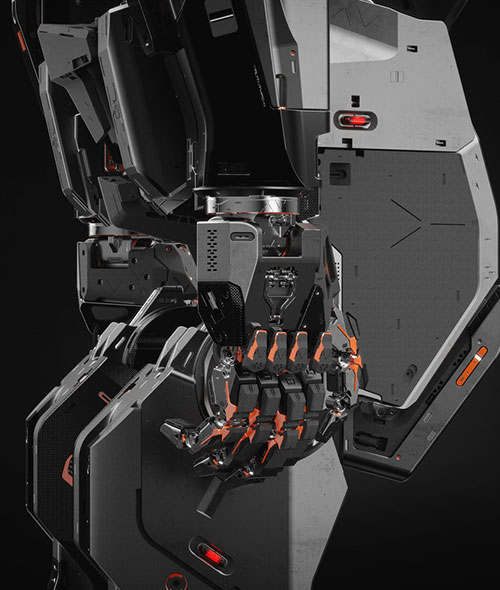
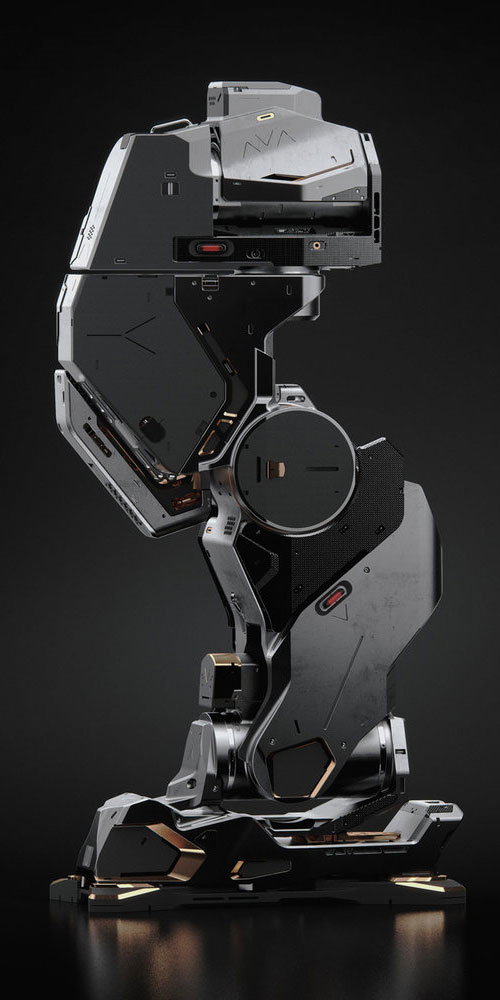
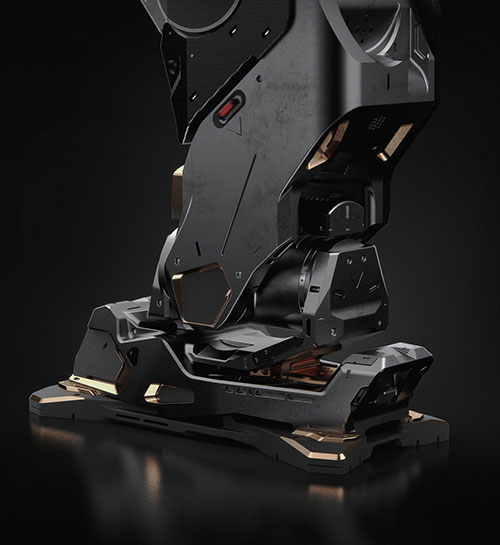
Yang, who dreamed as a child of building his own robot, said he has invested 242 billion won ($200 million) in the project since 2014 to "bring to life what only seemed possible in movies and cartoons".
Building the giant robot was a challenge for the engineers - most of them in their mid and late 30s - as its unprecedented scale meant they had nothing to refer to, said one who declined to be named.
So far, it remains unclear how the robot will be used. Method-2 is seen more as a test-bed for various technologies that will allow the creators to build any type and size of robot in future.
Yang said they have already received inquiries from industries ranging from manufacturing and construction to entertainment.
There have even been questions about its possible deployment along the heavily fortified Demilitarized Zone with North Korea.
But the robot, tethered by a power cable and still a bit wobbly on its feet, is far from finished. More work is needed on its balance and power systems, according to its creators.
"The robot is one year old so it is taking baby steps," Yang said.
"Just like humans, it will be able to move more freely in the next couple of years."
He said the robot will be ready for sale by the end of 2017 at a price of around 10 billion won ($8.3 million).
Hankook Mirae Technology
Vitaly Bulgarov









